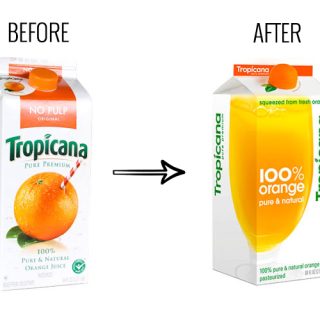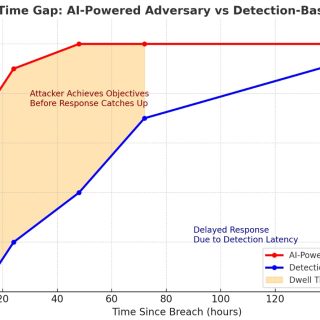Whoever runs fast wins the race!
In today’s hyper-competitive business landscape, companies are constantly seeking ways to gain an edge over their rivals. One of the most effective strategies for achieving this is by accelerating the pace at which they run the Deming Cycle, also known as the PDCA (Plan-Do-Check-Act) cycle. This iterative process of continuous improvement, when executed swiftly and efficiently, can be the determining factor between leading the market and lagging behind.
Understanding the Deming Cycle
The Deming Cycle, named after Dr. W. Edwards Deming, is a four-step model for continuous improvement in business processes. The steps are:
- Plan: Identify an opportunity for improvement and plan a change.
- Do: Implement the change on a small scale.
- Check: Use data to analyze the results of the change and determine whether it made a difference.
- Act: If the change was successful, implement it on a larger scale and continuously assess your results. If the change did not work, begin the cycle again with a different plan.
The Race to Faster Innovation
When two companies start from the same point, the one that cycles through the Deming process faster can implement improvements more quickly, adapt to market changes, and innovate at a faster pace. Here’s why running a faster Deming Cycle is crucial:
1. Accelerated Problem-Solving
A company that rapidly cycles through the PDCA process can identify and address issues faster than its competitors. This ability to quickly solve problems not only reduces downtime but also enhances the overall efficiency and productivity of the organization.
2. Continuous Improvement
Continuous improvement is at the heart of the Deming Cycle. By accelerating this process, companies can constantly refine their operations, products, and services. This relentless pursuit of excellence ensures that they stay ahead of the competition in terms of quality and performance.
3. Agility in Adaptation
Markets are dynamic and customer preferences evolve rapidly. A company that can quickly cycle through the Deming process is more agile and better equipped to adapt to these changes. This agility allows them to seize new opportunities and mitigate risks more effectively.
4. Enhanced Customer Satisfaction
Faster iterations mean that companies can more rapidly respond to customer feedback. By continually improving their offerings based on customer input, they can enhance customer satisfaction and loyalty, creating a significant competitive advantage.
5. First-Mover Advantage
In many industries, being the first to market with a new product or innovation can be a game-changer. Companies that run their Deming Cycles faster are more likely to gain this first-mover advantage, establishing themselves as leaders in their field.
Implementing a Faster Deming Cycle
To accelerate the Deming Cycle in your company, consider the following strategies:
- Empower Teams: Provide teams with the autonomy to make decisions and implement changes quickly.
- Leverage Technology: Use data analytics and automation tools to speed up the Check and Act phases.
- Cultivate a Culture of Innovation: Encourage a mindset of continuous improvement and experimentation.
- Streamline Processes: Eliminate unnecessary steps and bureaucracy that slow down the cycle.
Conclusion
In a world where the only constant is change, the speed at which a company can iterate through the Deming Cycle can make all the difference. By running this cycle faster than competitors, businesses can solve problems more quickly, continuously improve, adapt with agility, enhance customer satisfaction, and achieve a first-mover advantage. Ultimately, it is not just about being good; it’s about being faster and more efficient in the relentless pursuit of excellence. Embrace the Deming Cycle, accelerate its pace, and watch your company soar above the competition.



